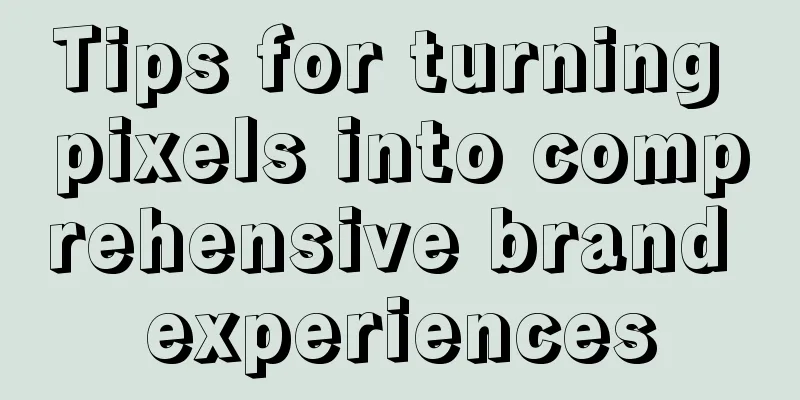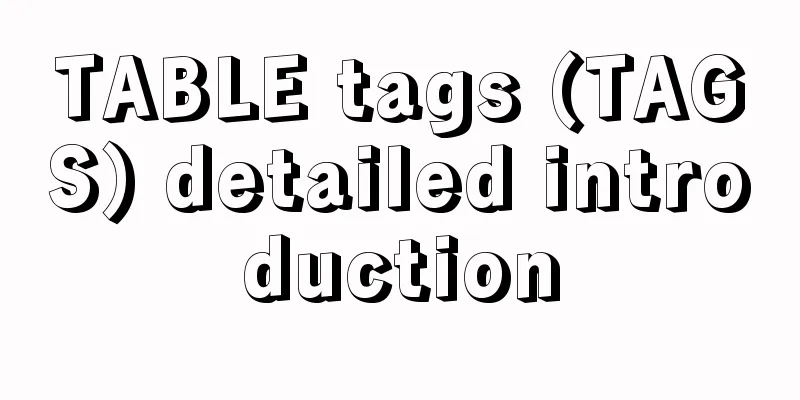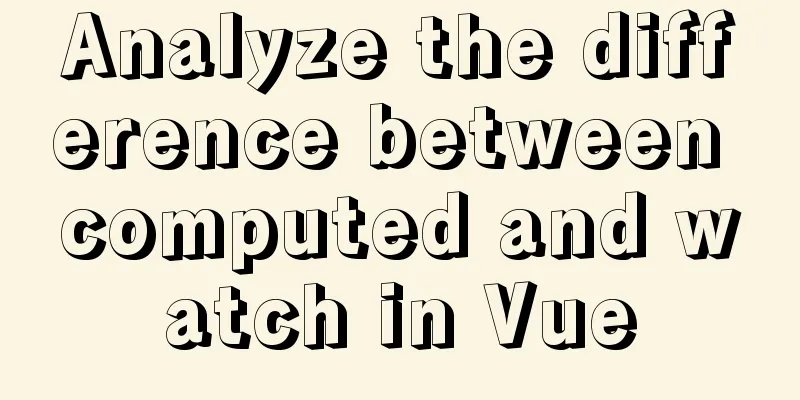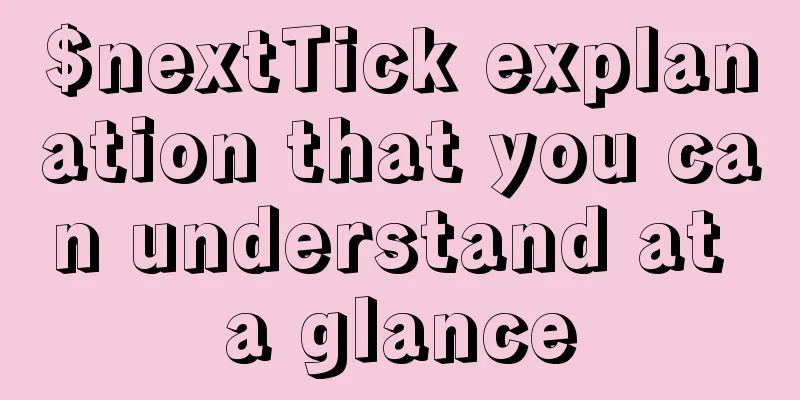Tips for turning pixels into comprehensive brand experiences

 Think from the perspectives of system and network. We give brands meaning, they represent something important; they have value in themselves and a set of values they create. Therefore, it is easy to associate brands with values, whether we agree with them or not, as they have elicited reactions from everyone, whether positive or negative. Such cases are all too common as a multitude of companies and their globally associated brands increasingly engage in the war for consumer attention. Imagine how you feel when you read the following words: Fox News, Oxfam, Facebook, Halliburton, BP, Goldman Sachs, Nike.  This article explores some interesting things about how people perceive, react to, and relate to brands. But what kind of reactions and actions can strengthen the meaning of the brand? And how can we, as designers of all types, especially interaction designers, better understand the role we play in our work and cultivate and maintain this bond?  Experiences support the larger meaning of a brand by balancing, differentiating, or targeting. This is reflected in the shift in interaction design’s focus from performance and usability to a broader user experience that supports the larger meaning of a brand in a balanced, differentiated, or targeted way. By focusing too much on issues like flow and consistency, we miss the sense of connection, belonging, and emotional involvement that can truly highlight the attractiveness of a product/service. Perhaps because our approach comes originally from engineering—adapting people to machines—we still sometimes fall back into describing our designs in terms of logic or process. The products/services we design will always exist in a vacuum, and each person will approach them with a unique set of needs, tendencies, emotional states, etc., all of which there is no ready-made design document for you to learn. Designers need to understand the fine line between establishing consistency and coherence. Make sure your design has common elements and behaviors in any interaction mode, also known as execution mode. In other words, create consistency. Design documents such as service blueprints or screen annotations can help create this. However, similar to creating a mold to ensure that each original product is made using the exact same process, this consistency can become repetitive and take away from the balance of the relationship between the user and the product/service they use. And coordination can work to make users believe and choose to become a part of the brand. This belief comes from the brand and tries to make the interaction and the brand one, thus creating a coherent system and helping to enrich and lastingly maintain the user experience. We have to create brand models.  Think about the dialogue between brands and individuals from the perspective of the enterprise: Traditionally, "brand" is communicated outward by the enterprise (Editor: that is, it is one-way). This type of communication is still non-directional, relying on conveying specific information in a specific medium through a wide range of media channels. Nowadays, brand communication requires constant communication and feedback (with the audience). Designers today live in a world where there are a variety of ways to interact all the time, and they must be comfortable with this. The traditional method of building a brand is still expressed in various forms through various communication channels. It is the combination of the above expressions that creates a brand’s voice, style and personality, and from this the brand’s meaning is born. If your brand could have a conversation, what would it sound like? As my colleague Paul Valerio recently wrote in “Raiders of the Lost Overture,” a brand’s “voice” is the first thing an audience responds to, which in turn evokes subsequent experiences with your product or service, especially when there are no other reference points around it. For example, I might decide to watch a movie just because I like a certain director, even without knowing the plot or the actors. I’m more inclined to own a product, even one in a completely new category, as long as the brand is one I can identify and recognize—unless the new category is so completely outside of the image the brand has built in me that I think they’re a complete mismatch. Vice versa, does my perception of Microsoft's brand voice prepare me for the elegance of their latest Windows Phone?  Here are two recent examples of user interface branding that further illustrate this point. In 2000, Apple introduced its next generation operating system interface: Mac OS X. Instead of introducing the system's interactive mechanism and visual language, Apple chose to directly create a new brand to describe this operating system: Aqua. More recently, Microsoft has used the same strategy with Metro, an interface designed for mobile devices that rebranded the company. By creating brand voices like Aqua and Metro that are completely different from the corporate tone, Apple and Microsoft have created not just a new operating system, but something meaningful that can evoke conversation and trigger brand recognition, especially for geeks who love new technology. The branding of these two interactive operating systems blurs the boundaries between “product” and “brand”, and this is the future shared by “branding” and “interactive design”. The brand communications department is responsible for portraying the Aqua/Metro brand tone. They create a narrative around the product to trigger communication (brand and audience). In this narrative, the team will first identify the characteristics that the audience will respond to. Interaction design is responsible for continually evolving this narrative, allowing brands to have unlimited content to communicate with their audiences. Of course, interaction designers also need to continuously establish the brand voice for the products and services that the company will launch in the future. From the "people" perspective, we (interaction designers) design methods for audiences to establish dialogues with brands. Through the interactive environments we design, we give audiences the tools to engage with brands within the narratives designed by the branding department. Ensuring the honesty of the brand is also one of the responsibilities of an interaction designer. Since we are responsible for making the audience have the most instinctive reaction to the brand, we must ensure that everything the brand promotes is included in the final product and service. Virgin Atlantic is an example of a brand with a clear meaning and personality that is fully integrated into the brand experience. If you are attracted by what the Virgin Atlantic brand represents, you will never feel cheated when flying with them. From the design of the check-in booths and doorplates; the way door and cabin staff communicate with passengers; the safety briefing video; the cabin lighting; and even the functions of the in-flight entertainment system: all these interactive links give the brand a voice and pave the way for customers to establish an intimate relationship with the brand. Virgin Atlantic has succeeded in continuously setting the standard for first-class travel and service experience, and this success is due to the way the brand is promoted and the persistence of the interactive links. Each experience ensures that the other is true. Always remember that no products or services are created in a vacuum. Our designs compete for the attention of our target audience, and while the number of products and services will only increase, it is important to understand that people already have some awareness of your brand. Back to the director example: Why would I want to see a movie by a particular director? The best directors are iconic to their movies, and so are the best brands. "Apple" means simplicity, whether in products or in visual and interactive language. This design attempt created a cognitive system for the brand, which helped Apple become one of the largest companies in the world.  Brand is the context in which your designs exist. The key to the success of a design is often that the design is appropriate. When we apply different cultural backgrounds as context in design, we should think of the brand as another context. The audience our products and services are looking for has long been surrounded by this context, whether through the brand’s own communication, popular opinions, or comments on the brand or competitors. Investigating the brand context and thinking about the impact of our designs can help us create more appropriate and smoother interactive experiences. Imagine that Fox News launched an app that collected reports on an event from various channels regardless of their political stance; imagine that Facebook made a visual map for you of advertisers that had viewed your profile in the past week; imagine that Goldman Sachs made a "banker dividend calculator" that allowed you to see the income of Wall Street executives. This contrast between product and image can make us feel embarrassed or even disgusted. In reality, the aforementioned companies would never do such a thing; the interactive experience must be appropriate and must be true to the brand image.  This article is translated from: Viking Wong/Wayne Tai Source: fastcodesign Source: DamnDigital |
<<: HTML insert image example (html add image)
>>: Several ways to implement image adaptive container with CSS (summary)
Recommend
Detailed explanation of the definition and usage of MySQL stored functions (custom functions)
Stored Functions What is a stored function: It en...
Embedded transplant docker error problem (summary)
After a long period of transplantation and inform...
Example code for implementing transparent gradient effects with CSS
The title images on Zhihu Discovery columns are g...
Advanced crawler - Use of Scrapy_splash component for JS automatic rendering
Table of contents 1. What is scrapy_splash? 2. Th...
Overview of the Differences between Linux TTY/PTS
When we type a letter on the keyboard, how is it ...
Detailed explanation of Vue monitoring attribute graphic example
Table of contents What is the listener property? ...
Detailed explanation of how two Node.js processes communicate
Table of contents Preface Communication between t...
Several principles for website product design reference
The following analysis is about product design pr...
Detailed tutorial on installing mysql 5.7.26 on centOS7.4
MariaDB is installed by default in CentOS, which ...
Essential knowledge for web development interviews and written tests (must read)
The difference between inline elements and block-...
How to use nginx to simulate blue-green deployment
This article introduces blue-green deployment and...
Centos 7.4 server time synchronization configuration method [based on NTP service]
This article describes how to configure time sync...
Top 10 useful and important open source tools in 2019
In Black Duck's 2017 open source survey, 77% ...
Sample code for displaying reminder dots in the upper left or upper right corner using CSS3
Effect picture (if you want a triangle, please cl...
The difference between method=post/get in Form
Form provides two ways of data transmission - get ...









